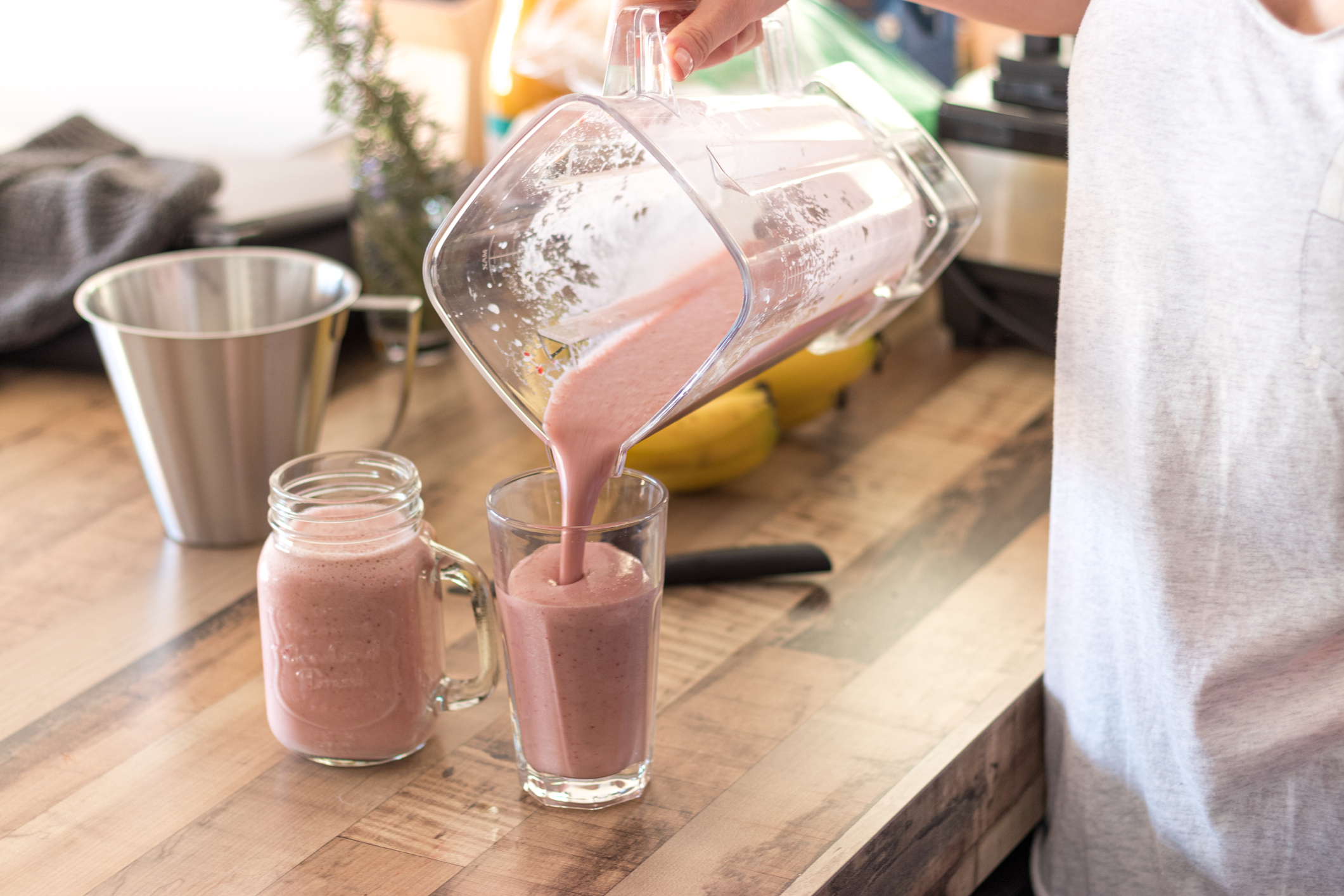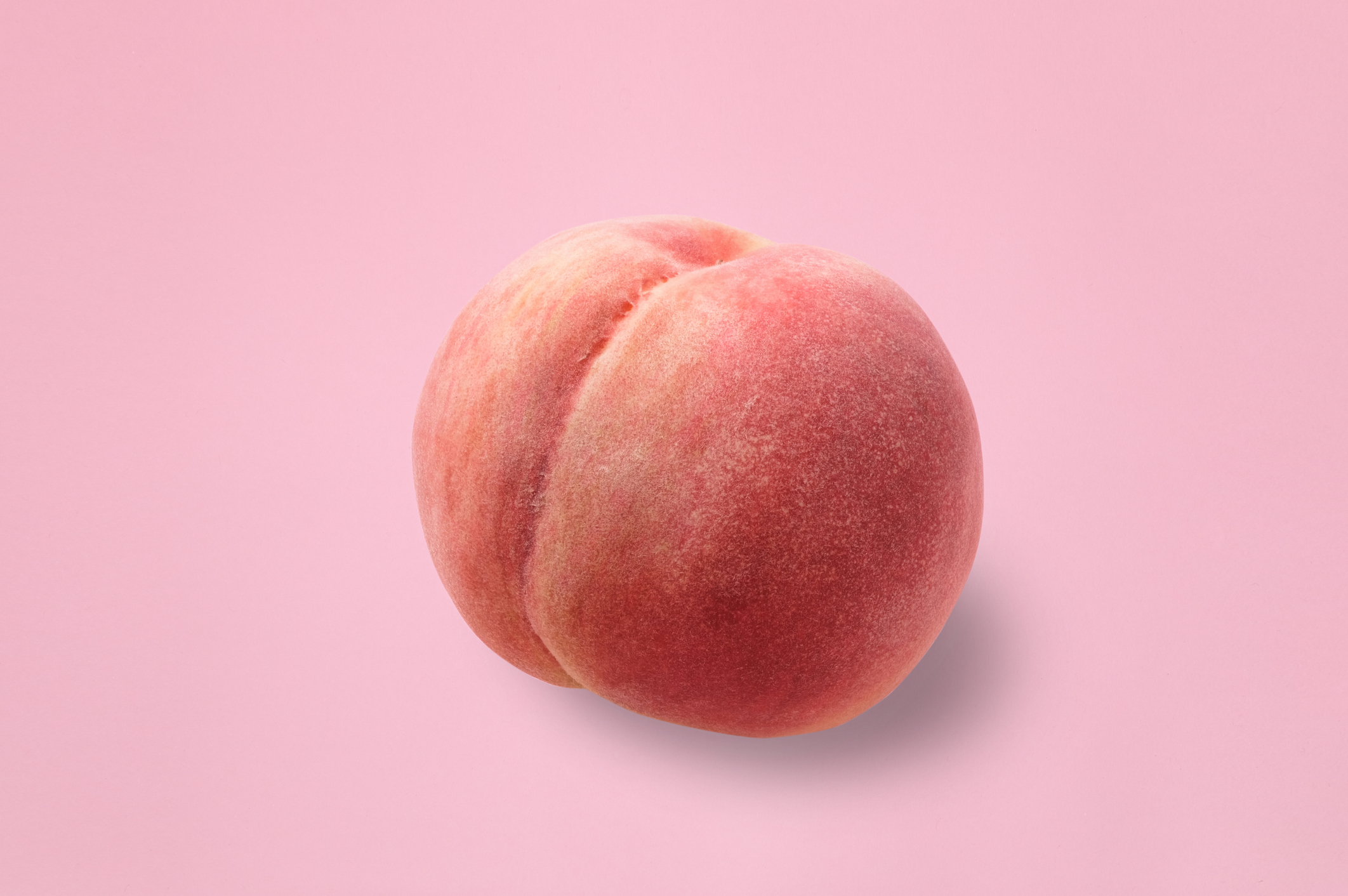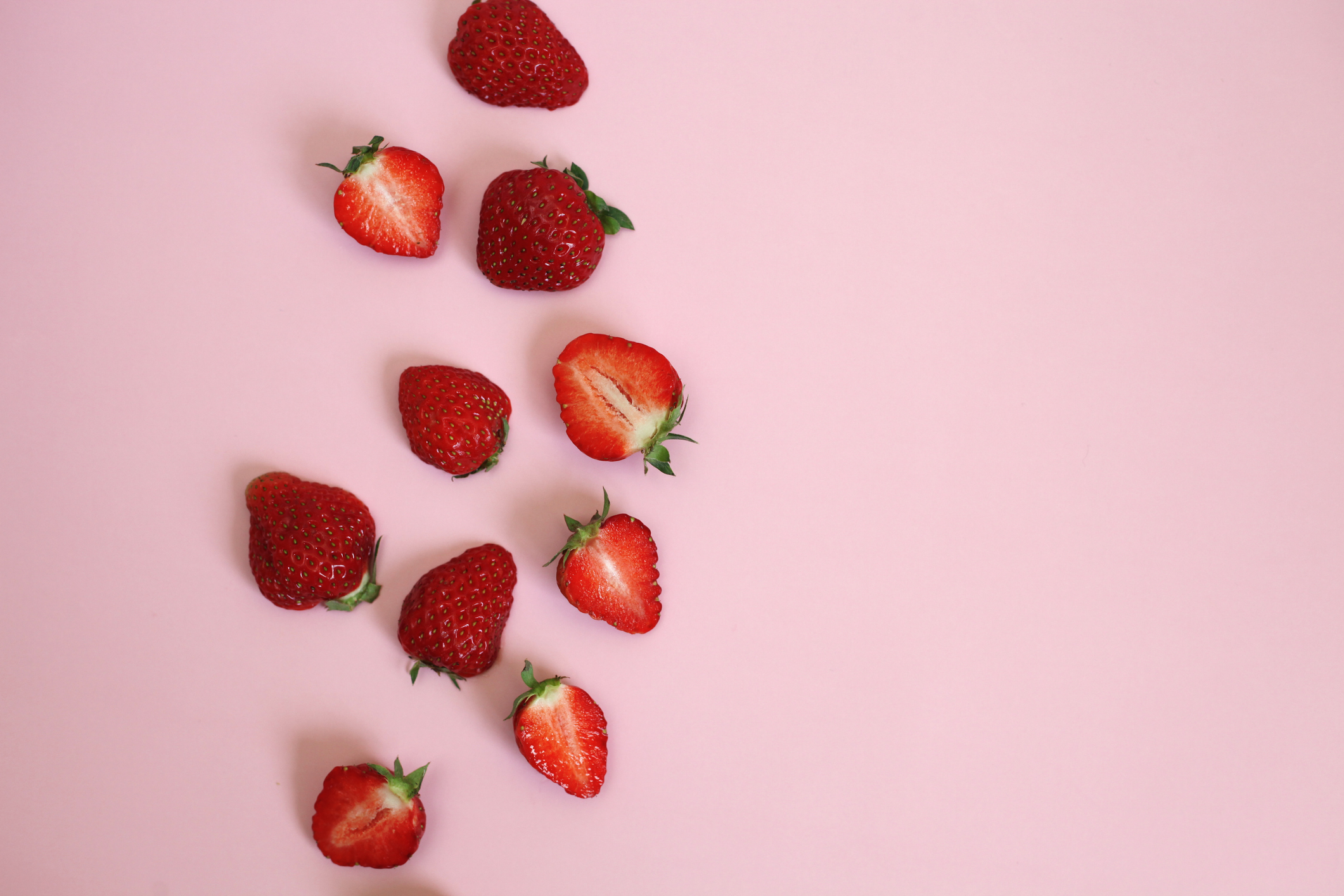Ingredient Spotlight: Protein
We know that protein is important for growth, repair and overall health but we use this space to dig a bit deeper – uncovering what it is, the different types of protein we need for tip-top health, how much we need and looking at the specific two types we source for the Pro You protein range.
Let’s get into it!
What is protein?
When we hear the word protein we normally picture a big slab of steak.
But what actually is protein?
Protein is one of three macronutrients – fat and carbohydrates being the other two. In our bodies, protein is abundant. Not only in our muscles, but every cell in the body has protein. All cells in life contain a lot of protein. How much? Scientists have calculated that a simple yeast cell contains roughly 42 million protein molecules (1).
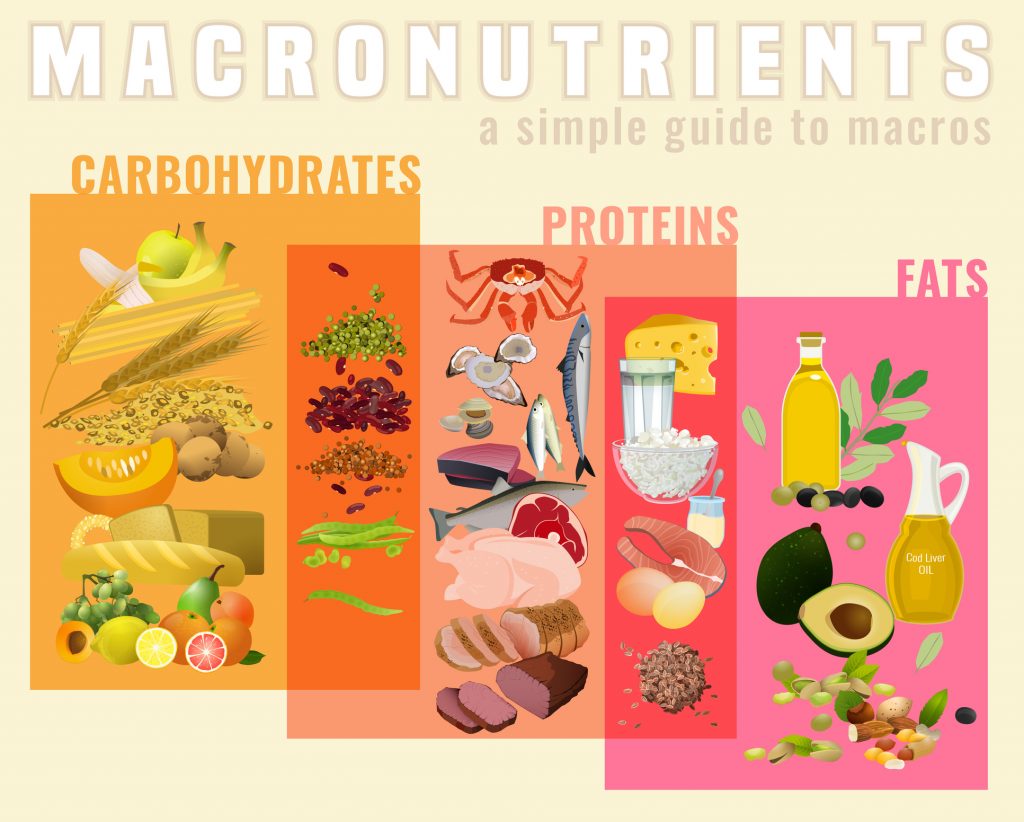
Protein is one of three macronutrients.
The building blocks which form proteins are called amino acids.
50 or more amino acids create a protein.
50 or fewer amino acids create a peptide.
20 amino acids are used by the body (technically, there are 22 but let’s not go into that). These 20 can make up to 100,000 different sorts of proteins found in the body!
Amazing, huh?
11 of these amino acids can be synthesized by our clever body.
The other 9 are termed essential amino acids – we must get these through our diet (2).
Pro Hint: the word ‘essential’ usually refers to the fact that our body cannot synthesize (or make enough) of it and so relies on our diet to obtain it for growth, disease prevention and overall, good health.
Complete proteins are foods that provide all 9 essential amino acids. These include animal foods – like your beef, chicken, fish, pork, milk, yoghurt, cheese and eggs.
Incomplete proteins are foods that don’t provide all 9 essential amino acids. These include beans, legumes, lentils, grains and seeds.
However good news for vegetarians and vegans – this doesn’t mean you forgo essential nutrients! (That would not end well, by the way). It simply means you need to be a bit more tactful and mindful in the way you fill your plate. Getting a wide range of plant-based protein sources can cover your full 9 essential amino acids needs (3).
There are a few exceptions to this rule where plant-based foods are complete proteins – these include soy, quinoa, peas, chia seeds and buckwheat!
A good trick to getting your full 9 is to eat foods in combination – instead of having just rice, have rice and beans. Add a sprinkle of seeds to your salad. You get the idea.
What does the body use protein for?
The short answer is a lot.
The long answer is: because of the vast amount of different types of proteins (remember 100,000?) – there are many roles for proteins in the body.
Protein provides building blocks for cell growth, repair and development. This helps our muscles repair and build, so we can get continually stronger! Protein also has a role in the production of hormones, neurotransmitters, enzymes and provides immune system support.
Who needs protein and how much of it do we need?
Everyone needs protein. Not just athletes – it is an essential macronutrient and chances are, even if you don’t mean to, you consume protein. Even potatoes have protein.
Currently, the Recommended Dietary Intake (RDI) for protein is around 0.8 grams per kilogram. So if you weigh 70kgs it would be ideal that you consume 56 grams of protein.
This number changes depending on a range of factors.
Pregnant or lactating women generally need an extra 10, 15 grams per day, respectively (3). Adults aged 65 years and older have higher protein requirements (due to muscle and bone wastage) and therefore require 1.0 – 1.2 grams per kilogram (4).
People who exercise (not just athletes) have higher protein demands too. Depending on the type of exercise, frequency and intensity – protein needs could range from anywhere between 1.2 – 2.0 grams per kilogram (5).
Pro Upgrade: How much protein do you need? Download our handy guide Who needs protein and how much do we need of it?

People who exercise (not just athletes) have higher protein demands.
Pro You Ingredient Highlights
New Zealand Whey Protein
Whey comes from cow’s milk. It is one of two types of proteins found in milk – the other being casein. Cow’s milk roughly consists of 80% casein and 20% whey. Whey is a complete protein that is particularly high in the amino acid leucine and cysteine. Leucine is important in stimulating muscle protein synthesis (mind you, this doesn’t mean you put on ‘bulk’ immediately!).
Whey and cheese making go hand in hand together, ensuring zero wastage from the cow’s milk. The milk is first heated to kill all bacteria, this is called pasteurisation. An additive is then added to separate the casein from the whey – the cheesemakers take the casein and we take the whey!

We source our whey 100% from New Zealand cows. Amazingly, this is not only a locally sourced good but it’s also cream-of-the-crop whey!
New Zealand has always been famous in the dairy industry – it’s one of our most recognizable and valued exported goods! New Zealand whey is considered superior thanks to our national standards that demand high-quality sources and production. Because of this, during processing, New Zealand’s whey is not exposed to high levels of heat which can denature and damage protein.
Our cows are also free-range and grass-fed.
Cows naturally graze on grass, not grain that is bulked up on fillers – this means the meat and milk from the cow have a better nutrient profile (nope, not their Facebook profile!) than grain-fed cows. 30 years ago New Zealand banned the use of growth hormones in our dairy industry – allowing our dairy cows to grow at their own, natural and happy rate – keeping these hormones out of our milk products.
While New Zealand whey does come with a steeper price tag than off-shore whey, the quality doesn’t compare – and for us at Pro You – quality is our number one priority!
How lucky are we to have such an awesome, high-quality product right on our doorstep?
As a side note, whey contains lactose, so it’s not suitable for those with lactose intolerances – a dairy-free alternative (like our pea protein isolate) is a great alternative.
Organic Yellow Pea Protein Isolate
Pro You uses European and North American yellow (or as some call – golden) split peas to make their pea protein. It is verified organic – meaning no pesticides have been used in the growing or processing of these peas. The source of our pea protein was really important during our development stage. As you will learn shortly, not all pea proteins are the same…
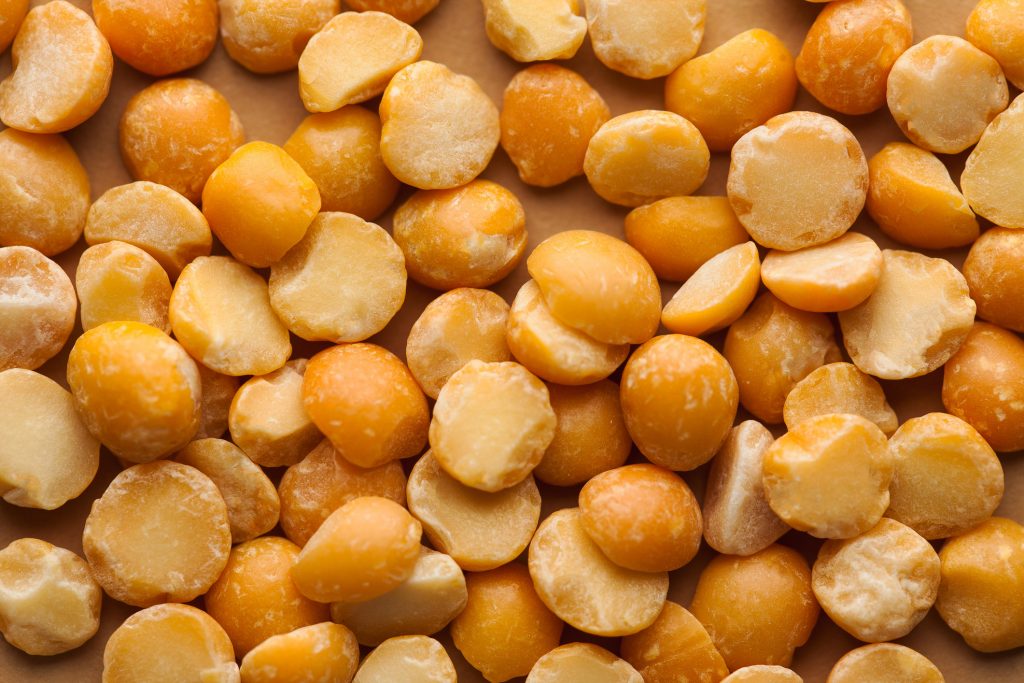
Pea protein is a complete protein – meaning it contains all 9 essential amino acids.
We source our pea protein from a family-owned company in Denmark with a large focus on its sustainability efforts. They only use locally grown peas, cultivated by sustainable means and no use of GMOs, period.
Pea protein is suitable for anyone looking for a plant-based or dairy-free alternative or those with lactose intolerances.
Pea protein is a complete protein – meaning it contains all 9 essential amino acids. In terms of plant-based proteins, pea protein takes the cake compared to rice and hemp – in having the most balanced essential amino acids profile. In saying this, it contains, but is low in methionine. However, if you get a range of different proteins each day – you can fill in these gaps relatively easily. Plant-based foods that have a high count of methionine include oats, hemp seeds, brazil nuts, spinach, sesame seeds and sunflower seeds.
Pro Tip: ¼ cup of oats, a handful of spinach or a sprinkling of hemp seeds into your pea protein smoothie is a great way to include all 9 essential amino acids!
Pea proteins are not all the same.
Protein and their nutrient contents differ depending on the source, the type of pea (who knew there were so many types of peas!?) and whether it is a pea protein concentrate or isolate. Isolate versions tend to have another extraction step added, increasing the protein concentration per net weight. Our particular source of pea protein also has a brilliant digestibility of around 98% – meaning what you ingest in is actually getting absorbed for the body to use. It has a brilliant amino acid score (AAS = 0.96 – for you geeks out there) which is the most accepted score used to rank the quality of protein in food (6).
Poorer qualities of pea protein don’t have such a high protein content and may differ in other nutritional values (such a filling fibre!)
Pea protein is naturally gluten-free with a low ability to trigger allergic responses. This makes it great for more vulnerable sorts such as younger children and the elderly.
Lastly, pea protein works great in baking – create healthy muffins, brownies, pancakes and more! Keep your eyes out for our baking recipes with a good protein punch!
Pro Upgrade: Stuck for snack ideas? Download our recipe card Simple and healthy protein snacks
References
- University of Toronto. (2018, January 17). A cell holds 42 million protein molecules, scientists reveal. ScienceDaily. Retrieved June 13, 2021 from www.sciencedaily.com/releases/2018/01/180117131202.htm from research article:
Brandon Ho, Anastasia Baryshnikova, Grant W. Brown. Unification of Protein Abundance Datasets Yields a Quantitative Saccharomyces cerevisiae Proteome. Cell Systems, 2018; DOI: 10.1016/j.cels.2017.12.004 - Lopez MJ, Mohiuddin SS. Biochemistry, Essential Amino Acids. [Updated 2021 Mar 26]. In: StatPearls [Internet]. Treasure Island (FL): StatPearls Publishing; 2021 Jan-. Available from: https://www.ncbi.nlm.nih.gov/books/NBK557845/
- Watford, M., & Wu, G. (2018). Protein. Advances in nutrition (Bethesda, Md.), 9(5), 651–653. https://doi.org/10.1093/advances/nmy027
- Deutz NEP, Bauer JM, Barazzoni R, Biolo G, Boirie Y, Bosy-Westphal A, Cederholm T, Cruz-JentoftA, Krznariç Z, Nair KS et al. Protein intake and exercise for optimal muscle function with aging: recommendations from the ESPEN Expert Group. Clin Nutr. 2014;33(6):929–36.
- Kato H, Suzuki K, Bannai M, Moore DR. Protein requirements are elevated in endurance athletes after exercise as determined by the indicator amino acid oxidation method. PLoS One. 2016;11(6):e0157406. 2016 Jun 20. doi:10.1371/journal.pone.0157406
- Shivakumar, N., Minocha, S., & Kurpad, A. V. (2018). Protein quality & amino acid requirements in relation to needs in India. The Indian journal of medical research, 148(5), 557–568. https://doi.org/10.4103/ijmr.IJMR_1688_18
